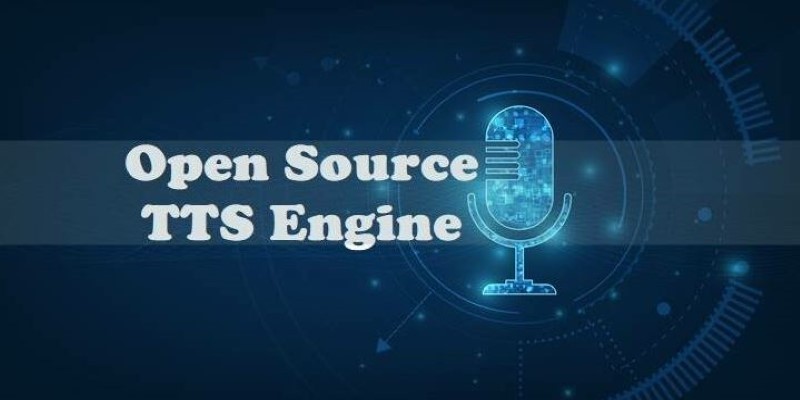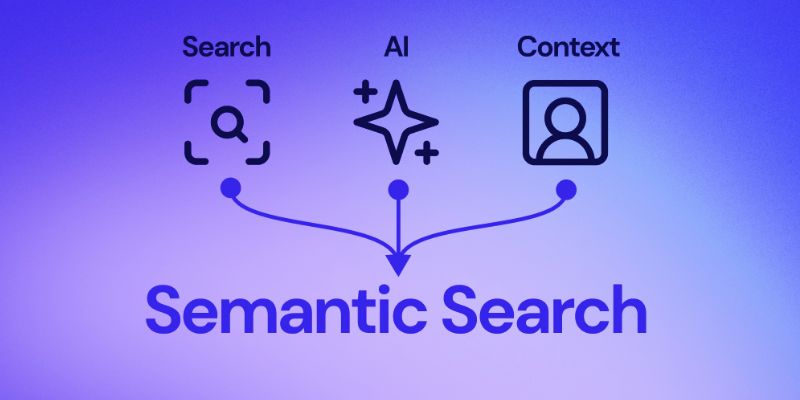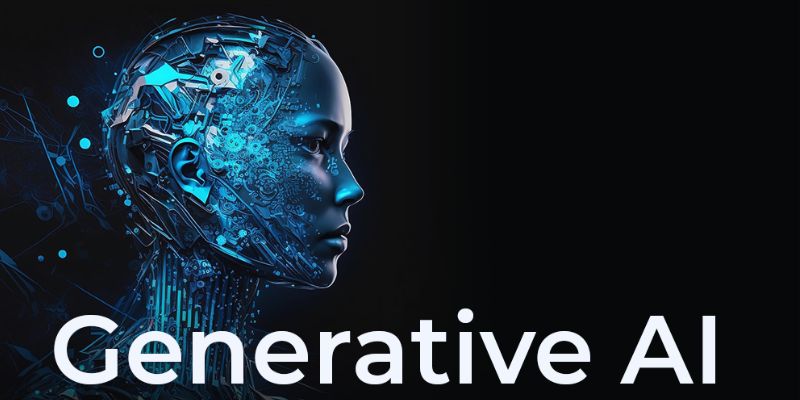Advertisement
Coding has come a long way from handwritten lines and tightly bound syntax rules. It’s not just about writing instructions anymore—it’s about understanding context, predicting intent, and simplifying the time-consuming parts of development. IBM has responded with a set of models that do exactly that—while remaining open and flexible. Let’s break down how they work and why they matter.
Think of Granite Code as a toolkit made to assist with code-related tasks trained on a broad base of programming languages and use cases. These aren't just autocomplete assistants. They're designed to help with code generation, code translation between languages, bug fixing, explanation, and even test creation.
The models fall under IBM’s larger “Granite” family, and what makes the code-specific models stand out is their clear focus on real-world developer needs. Whether someone’s trying to document legacy code or translate Python to Java, these models are meant to step in and do the heavy lifting.

IBM has released several versions within the Granite Code family, designed to meet a range of development needs and compute environments:
A smaller, lighter model is ideal for low-resource environments or edge deployment where performance needs to be balanced with speed. It’s well-suited for quick code completions, lightweight code review tasks, or running locally on developer machines without dedicated GPUs. Teams looking to embed AI features into limited hardware setups often start here.
A mid-sized model suited for most everyday development tasks, from multi-language generation to code completion and review. It offers a stronger contextual understanding than the 3B version and can manage longer code inputs or more involved prompts. Many teams use it to build developer assistants or integrate them into cloud-based IDEs.
A more advanced model capable of handling deeper logic, legacy systems, and multi-step reasoning across complex codebases. It performs well on tasks involving domain-specific rules, long chains of logic, or interpreting messy, undocumented code. Ideal for enterprise use cases where accuracy and insight matter more than speed.
The most powerful variant currently available is intended for high-complexity tasks like large-scale code conversion, deeper understanding of domain-specific patterns, or language-to-language migration at scale. It's especially effective in environments where code spans multiple layers or architectures and where higher context retention leads to better outcomes.
Each model is available in two forms:
Base: Pretrained on code from over 100 programming languages, ready for general-purpose use without fine-tuning.
Instruct: Fine-tuned to follow prompts more closely and deliver goal-driven responses, which makes them especially useful for explanation, bug fixing, or guided generation tasks.
These models use a decoder-only transformer design and are trained using a filtered, permissively licensed dataset. That makes them suitable not only for internal tooling but for use in commercial environments without licensing concerns.
IBM has kept things open and straightforward, making it easy to start using the Granite Code models whether you're working locally or connecting through an API. First, it helps to figure out which model size fits your environment. Once you know which one you need, you can either download the open-weight version for local use or access it through IBM's API if your setup allows for external connections.
Integration is flexible. These models work well with tools many developers already use, like Jupyter notebooks, VS Code, or custom in-house environments. Since they’re trained to understand code, they don’t just respond to keywords—they pick up on logic and intent, offering much sharper results than a general-purpose model. Before using it day-to-day, it’s a good idea to define your goals. Whether you're generating unit tests, converting code between languages, or summarizing complex files, giving the model a focused task leads to better output. This helps with onboarding, refactoring, and navigating unfamiliar code.
For teams with more specialized needs, IBM offers support for fine-tuning. If your organization follows strict coding styles or works in a niche domain, training the model on internal data helps it better understand your context. It's not a must for everyone, but it’s useful when consistency and accuracy matter.
While the technology behind Granite Code is impressive on its own, the best way to understand its value is by looking at how developers are already putting it to work. Across industries, teams are using these models to cut down repetitive tasks, reduce manual debugging, and modernize legacy systems—without giving up control or oversight.

Many enterprise systems still run on older languages like COBOL or outdated Java frameworks. Teams have used Granite Code to translate and document these systems in modern syntax, flag outdated logic, and suggest cleaner alternatives—helping companies save time during modernization efforts.
Test coverage is often a weak spot in fast-paced development environments. With Granite Code, teams are generating unit tests automatically for new code and filling gaps in older repositories. The model can understand function behavior and write assertions that catch real-world edge cases.
In larger organizations, reviewing code can slow down delivery. Developers have started using Granite Code to highlight logic issues, flag inconsistent naming patterns, and offer simplified rewrites—making the first pass of a code review faster and more consistent.
In companies where multiple languages and frameworks are used across teams, Granite Code has helped unify style and formatting. It helps teams maintain a consistent style across projects, even when working in different languages or frameworks.
The IBM Granite Code models aren't trying to replace developers. They're made to work with them—filling in the gaps, simplifying tasks, and helping teams write better code faster. Whether it's writing clean documentation or catching a logic slip, these models are there to assist, not to take over.
Their real strength lies in their balance. They’re open, reliable, and smart enough to handle real-world challenges without becoming black boxes. For anyone working with code—whether daily or occasionally—they offer a practical way to speed things up without losing control.
Advertisement

Looking for a solid text-to-speech engine without the price tag? Here are 10 open-source TTS tools that actually work—and one easy guide to get you started

Follow these essential steps to build a clean AI data set using Getty Images for effective and accurate machine learning models

How can machines better understand videos? Explore how X-CLIP integrates video and language to offer smarter video recognition, action recognition, and text-to-video search

Improve machine learning models with prompt programming. Enhance accuracy, streamline tasks, and solve complex problems across domains using structured guidance and automation.

Curious how IBM's Granite Code models help with code generation, translation, and debugging? See how these open AI tools make real coding tasks faster and smarter

Want to run LLaMA 3 on your own machine? Learn how to set it up locally, from hardware requirements to using frameworks like Hugging Face or llama.cpp

Learn how to make your custom Python objects behave like built-in types with operator overloading. Master the essential methods for +, -, ==, and more in Python

Understand here how embedding models power semantic search by turning text into vectors to match meaning, not just keywords

The IBM z15 empowers businesses with cutting-edge capabilities for hybrid cloud integration, data efficiency, and scalable performance, ensuring optimal solutions for modern enterprises.

Need to round numbers to two decimals in Python but not sure which method to use? Here's a clear look at 9 different ways, each suited for different needs

Build scalable AI models with the Couchbase AI technology platform. Enterprise AI development solutions for real-time insights

Discover how generative AI for the artist has evolved, transforming creativity, expression, and the entire artistic journey